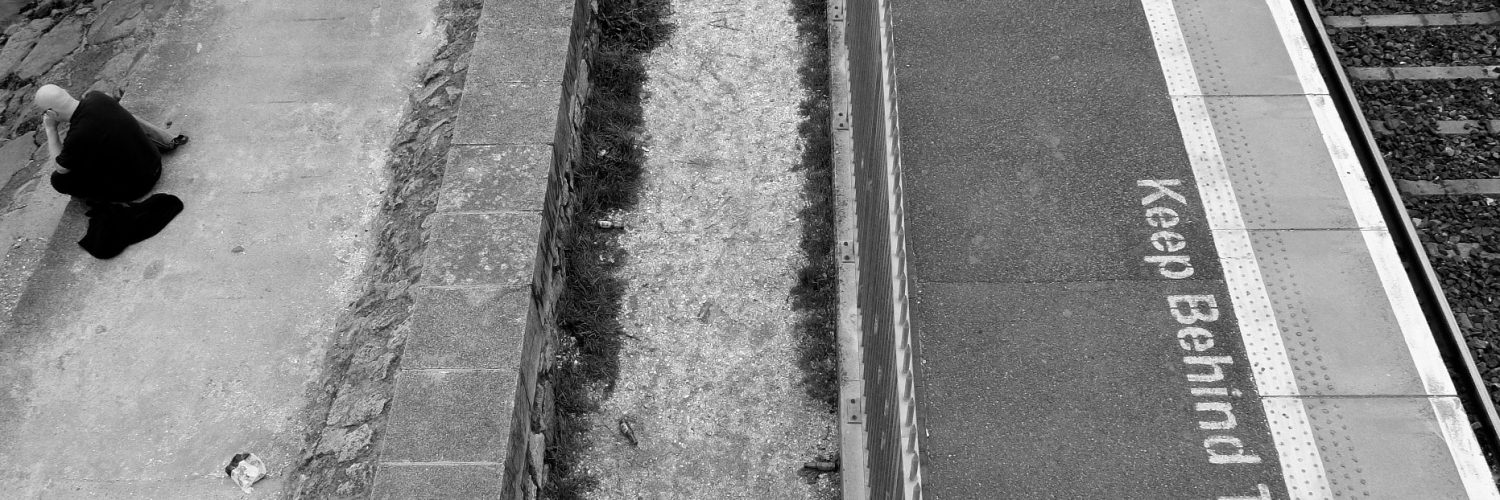Place and Territory,
Duas coisas rápidas:
1. Caí no site do Nós da Comunicação e na coluna da Pollyana Ferrari leio um depoimento do Win Wenders que é o mote em vários projetos com mídias locativas, contar e ler as histórias dos lugares. Escreve Ferrari:
“Passar duas horas ouvindo Wim Wenders me encheu de reflexões. O cineasta alemão, que esteve no Brasil dia 22 de agosto para sabatina sobre o futuro do cinema promovida pela ‘Folha de S. Paulo’, diz que a paisagem urbana precisa ser absorvida. “Precisamos permitir que o lugar nos conte sua história.”
2. Tenho usado o conceito de “território informacional” para dar conta da relação entre os lugares e suas territorialidades, mais especificamente, os novos territórios informacionais, a saber as diversas redes eletrônicas de controle para emissão e recepção de informações digitais em relação simbiótica com os espaços físicos. Acabo de saber que o Lev Manovich usa um outro termo para falar da mesma coisa, “cellspace”. Sinceramente acho que “território informacional” explica melhor as dinâmicas de controle do fluxo informacional nos lugares e no espaço, mas o importante mesmo é que mais um vê, com outro nome, a mesma coisa (Obrigado Adelino). Escreve Manovich no artigo “The Poetics of Augmented Space”:
“(…) Cellspace is physical space that is ‘filled’ with data, which can be retrieved by a user via a personal communication device. Some data may come from global networks such as the Internet; some may be embedded in objects located in the space around the user. Moreover, while some data may be available regardless of where the user is in the space, it can also be location-specific. The examples of the cellspace applications which are not localised is using GPS to determine your coordinates, or surfing and checkling email using a cell phone. The examples of location specific applications are using a cell phone to check in at the airport, pay for a road toll, or retrieve information about a product in a store. While we can think of cellspace as the invisible layer of information that is laid over physical space and is customized by an individual user, publicly located computer / video displays present the same visible information to passersby. (…)”.![]()
![]()
Como escrevi em um artigo no prelo:
“It’s not out of context to think that the contemporary information society creates new kind of territories: informational territory. Is plausible to think that the information society produces new territories. Informational territories can be understood as areas where informational flow in the intersection between cyberspace and urban space is digitally controlled. Here uses can either control inputs and outputs of information date. The informational territory creates a new function of place, a heterotopy. (…) So place, as a result of territorialization (geographic delimitation, laws, and regulations) gains new layer information that’s a new territory created by electronic networks and mobile devices. (…) All territory is made of information. Although, in using the term informational territory, I want to differentiate digital information layers from other forms of “information”. Wireless networks, sensors and mobile technologies that open up new uses of place create digital information layers. The informational territory is not cyberspace, but the territory in a place formed by the relationship between the physical dimensions of territorialities and the new electronic flows, creating a new form of territorialization. The place becomes more complex because this territory is now related with other territorialities (laws, regulations, subjectivities, cultures, and politics). Empirically, we can see these informational territories by examining the use of public spaces equipped with the new infrastructure of wireless networks and devices or from ethnographic research showing the relationship of users with the space before and after the formation of informational territories.
(…) Others speak in terms of a “bubble” (Beslay and Hakala, 2005) or a “cloud” (Vander Wal, in Roush 2006). These images are interesting and show a picture of the “form” of the territory informational. However, both “digital bubble” and “digital cloud” do not offer the ontological dimension of place; they don’t inform about the basic principles of these bubbles or clouds. I propose the concept of informational territory because, although it may take the form of a “bubble” or “cloud”, it indicates here not a form but a function, a way the place is reconfigured by technology, sensors and digital mobile networks. If we think about territories, we can see the new dynamics, new forces and new powers being established in places through these devices and networks (here we can face political problems like surveillance, monitoring, privacy, the digital divide, and so on). (…) “
Acho que assim como “Bubble” ou “Cloud”, “Cellspace”, é uma imagem ainda imprecisa sobre o fundamento ontológico dessa relação entre redes digitais e espaço físico. Ainda mais, ele está atrelado a idéia de “células” com as dos telefones celulares, o que limita ainda mais o conceito. O conceito de “territótio informacional” pode evocar de fato aquilo que ele é, uma zona de controle informacional no interior de lugares perpassados por outras territorialidades (leis, hábitos, normas, consumo, etc…).
